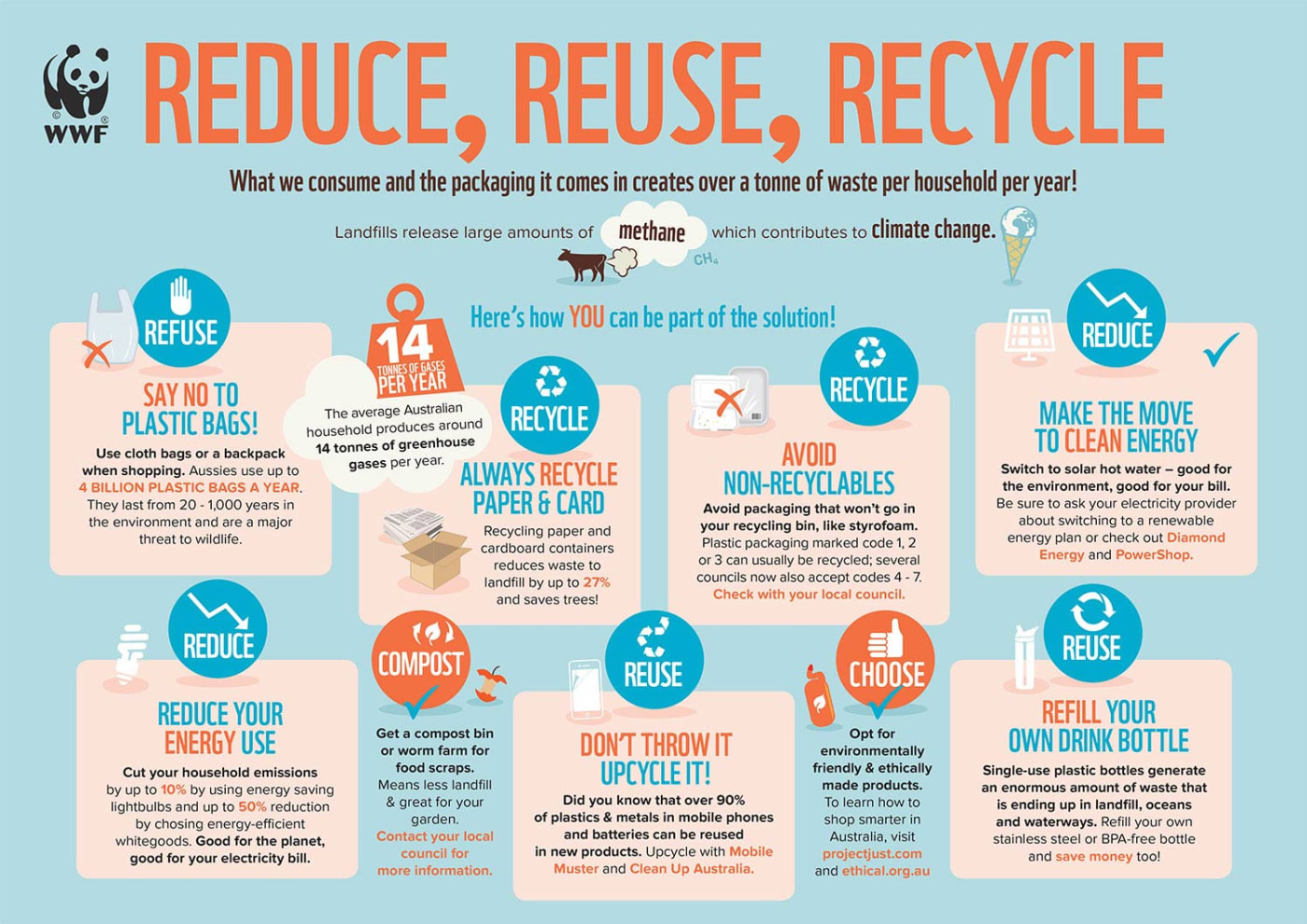Ways To Reduce Reuse And Recycle are an essential source for learning, arranging, and creative tasks. Whether you're a teacher, moms and dad, or pupil, these ready-to-use sources conserve effort and time. From educational worksheets for mathematics, science, and grammar to imaginative templates like planners, calendars, and coloring pages, there's something for everyone. With the convenience of printable styles, learning and productivity can be enhanced in the house or in the class.
Explore a wide range of personalized layouts that cater to different requirements and ages. These templates make learning interactive and enjoyable while advertising imagination. Download and install, print, and begin using them today!
Ways To Reduce Reuse And Recycle

Ways To Reduce Reuse And Recycle
Great activity to test knowledge of ASL Alphabet Handshapes Preschoolers to adult learners can match ABC Letters to ASL handshapes This ASL Alphabet Free Printable is just what you need! It includes engaging charts and worksheets designed for the letters A, B, and C and will boost your ...
ASL ABC Worksheet Pack With the Huddlestons
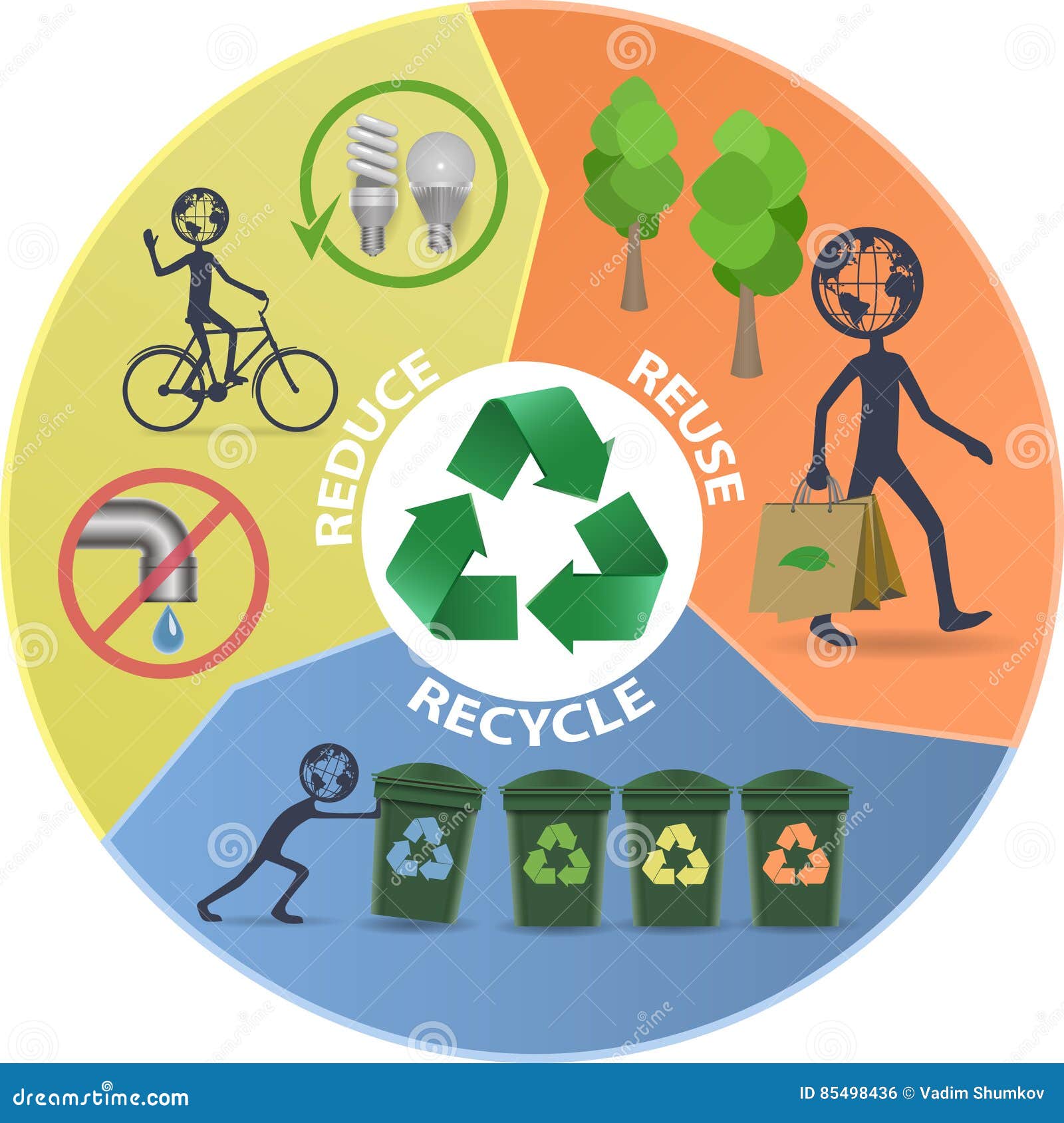
Recycle Reduce Reuse Infografics Stock Photography CartoonDealer
Ways To Reduce Reuse And RecycleExplore three printable alphabet worksheets for children to practice their handwriting and writing skills. Introduce your child to the American Sign Language alphabet with these worksheets and give her practice with decoding phrases and quotes
Learning the Sign Language Alphabet is a great way to get started in ASL Fingerspelling and sign language letters. Free PDF Sign Language Worksheets. Reduce Reuse Recycle Poster Reduce Reuse Recycle Craft For Kids Image To U
ASL Alphabet A B C Worksheets

Reduce Reuse Recycle Examples For Kids To Save Resources Outline
This pack includes a sign language alphabet sheet perfect for practicing and coloring Also includes three practice sheets for Reduce Reuse Recycle WWF Australia Reduce Reuse Recycle WWF
Feel free to download this printable chart for personal use You can also share it with your friends family and teachers 3Rs Reduce Reuse Recycle Leverage Edu Reduce Reuse Recycle Meaning For Kids Image To U

Gambar Reduce Reuse Recycle 56 Koleksi Gambar
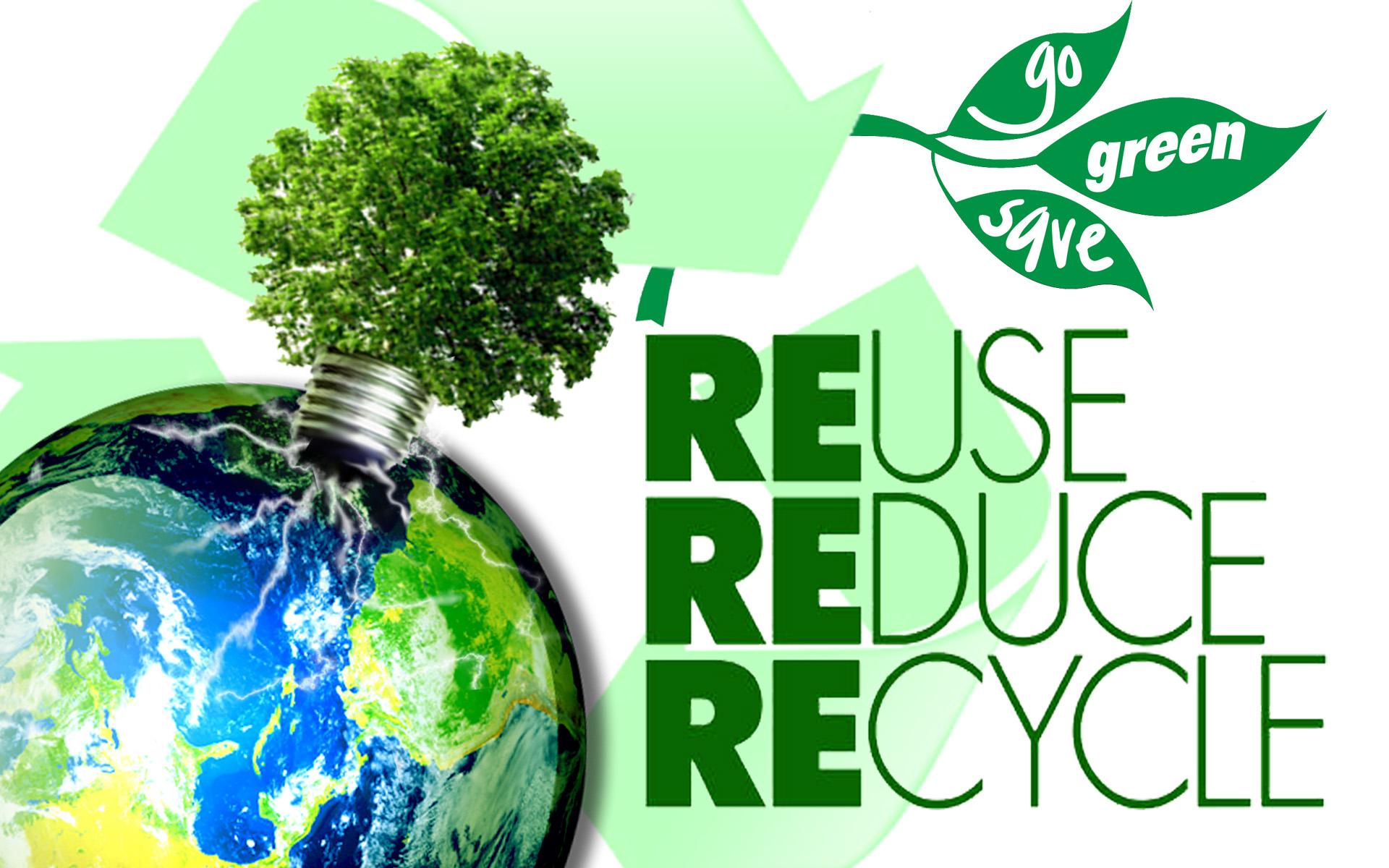
Reduce Reuse Recycle Wallpapers Top Free Reduce Reuse Recycle
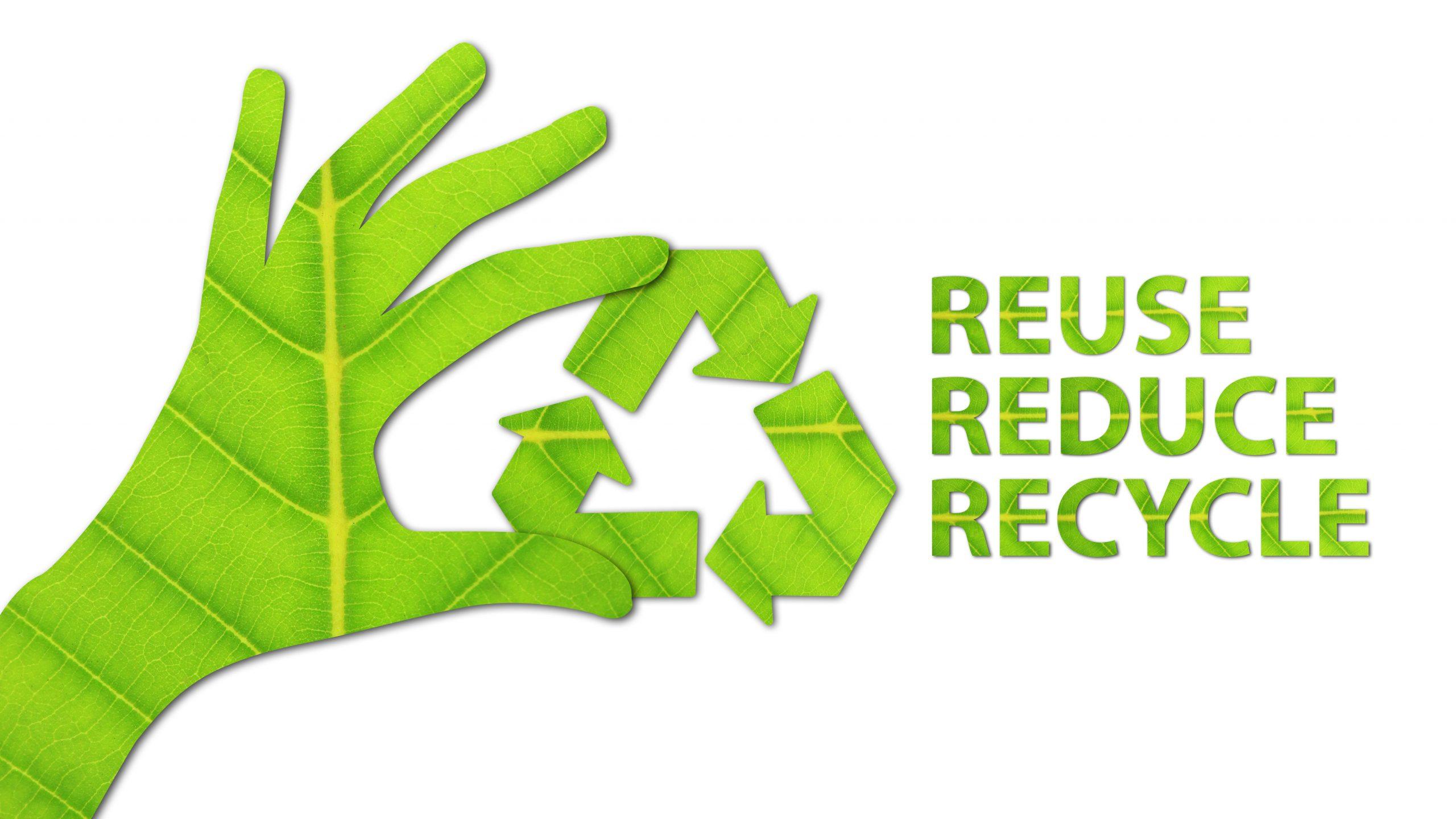
Reduce Reuse Recycle Wallpapers Top Free Reduce Reuse Recycle
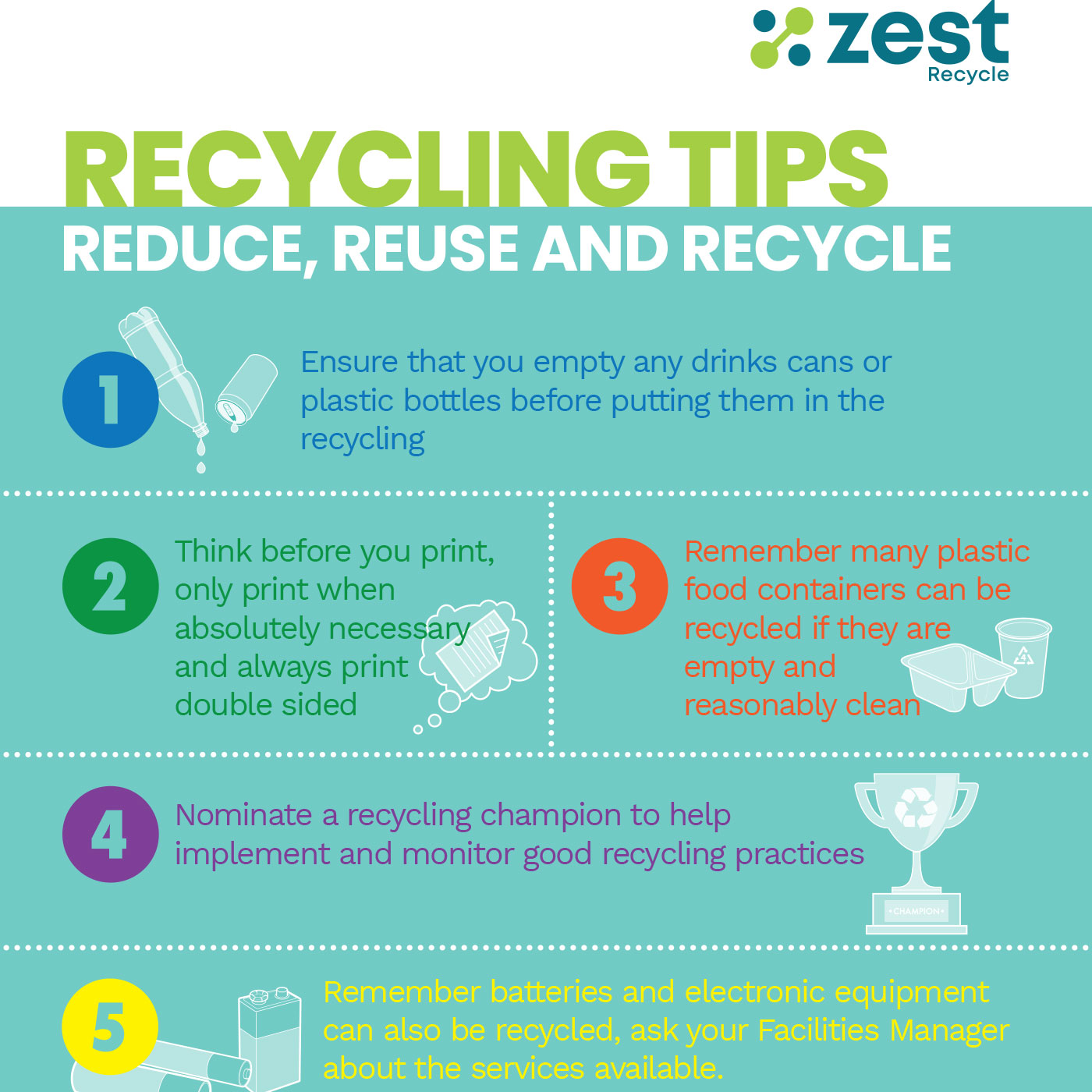
Recycling Tips Reduce Reuse Recycle Zest Recycle

Reduce Reuse Recycle Facts For Kids Image To U
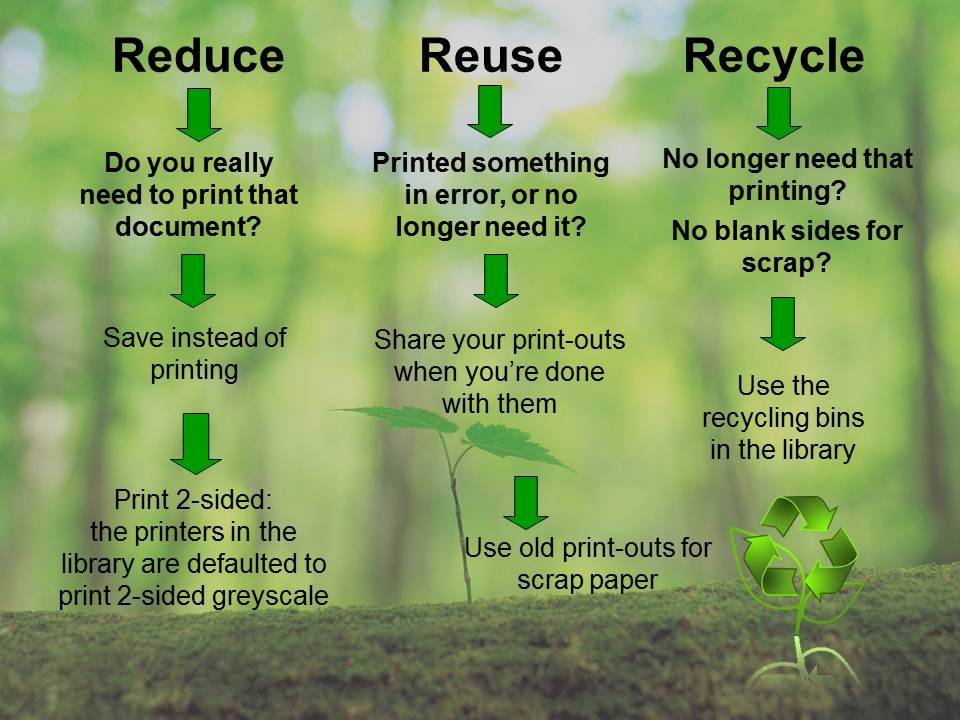
Reduce Reuse Recycle Library News Cardiff University
Reduce Reuse Recycle
Reduce Reuse Recycle WWF Australia Reduce Reuse Recycle WWF
Reduce Reuse Recycle Worksheets For Grade 4 Image To U

Recycling Reprocessing Associations Make A Stand At RWM 2017 Wood

